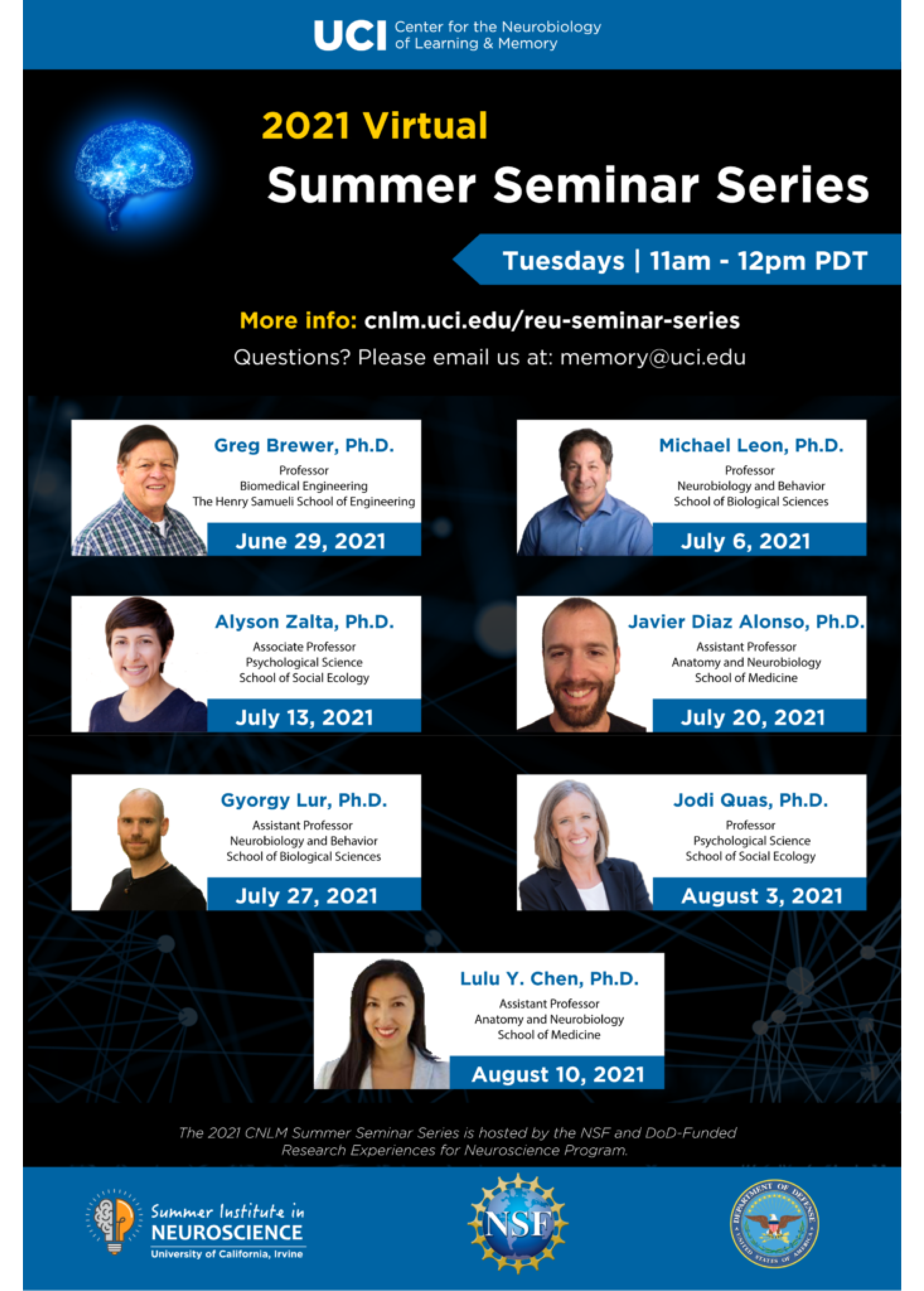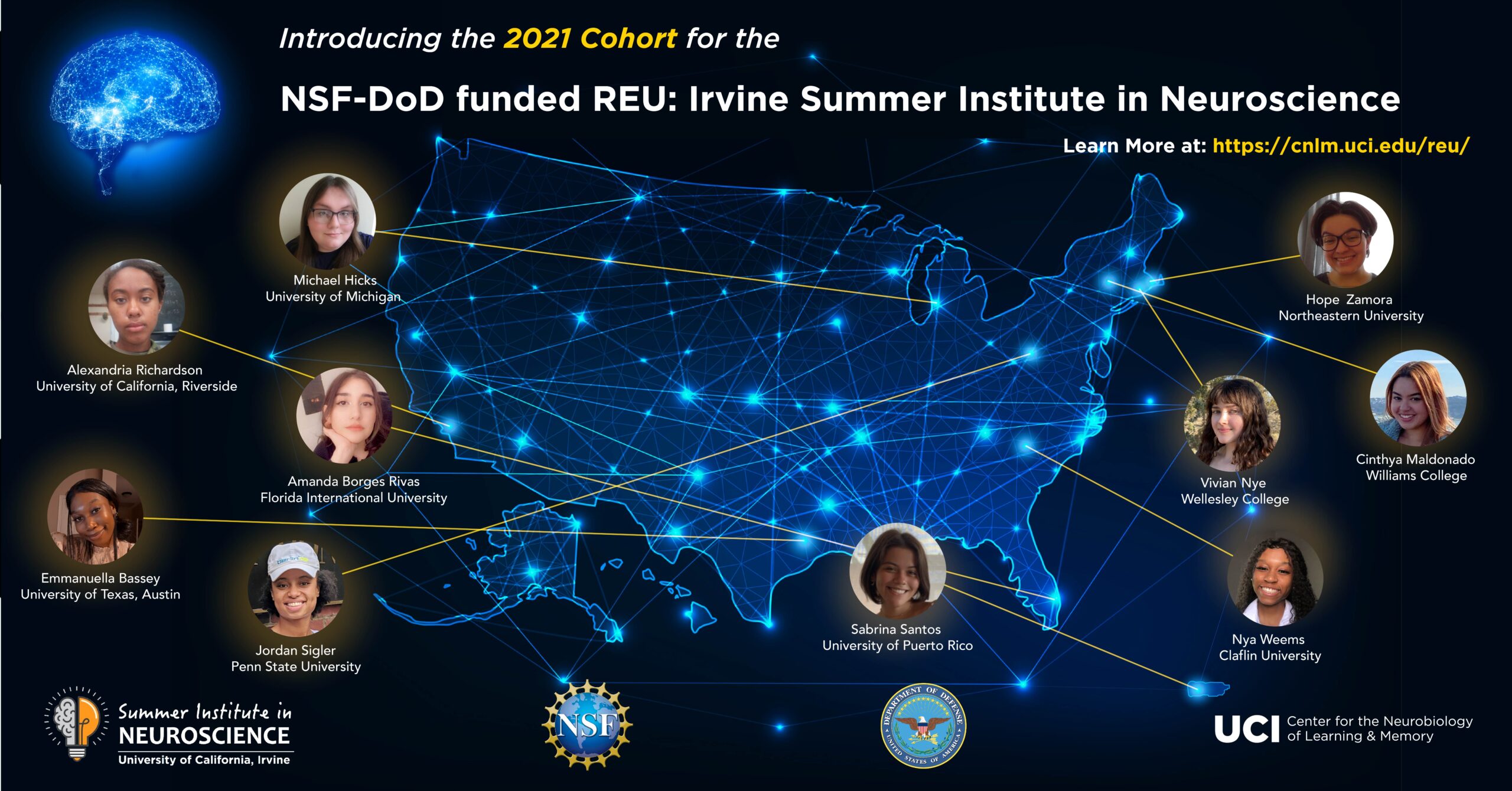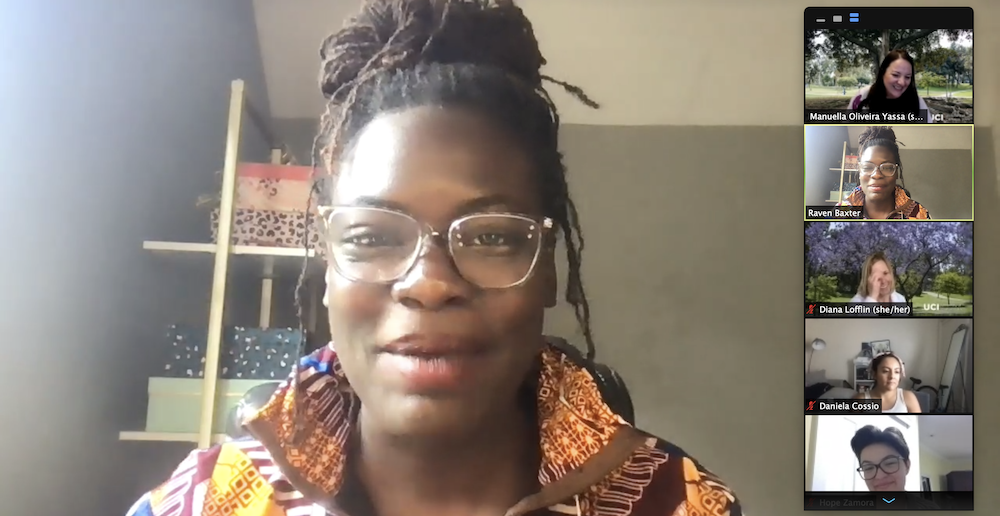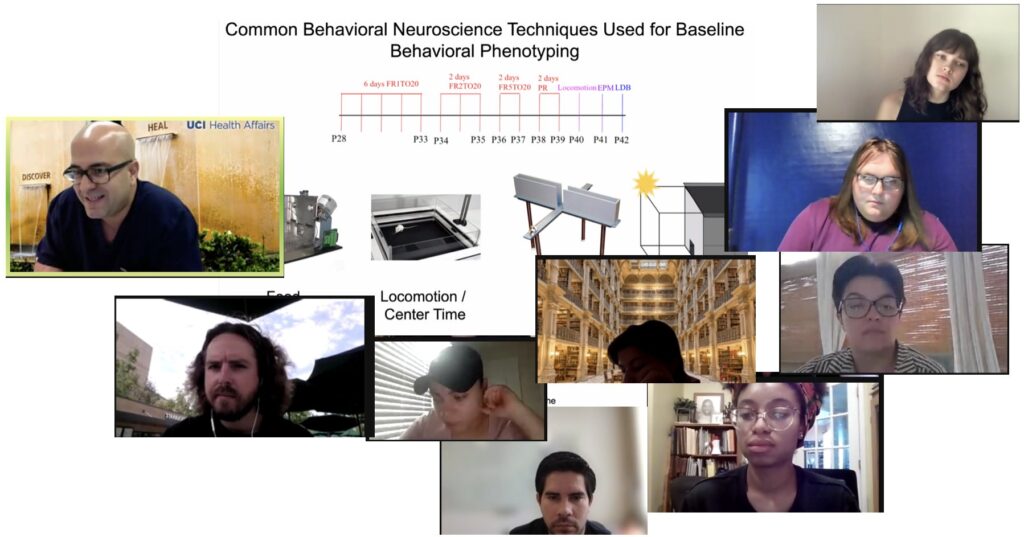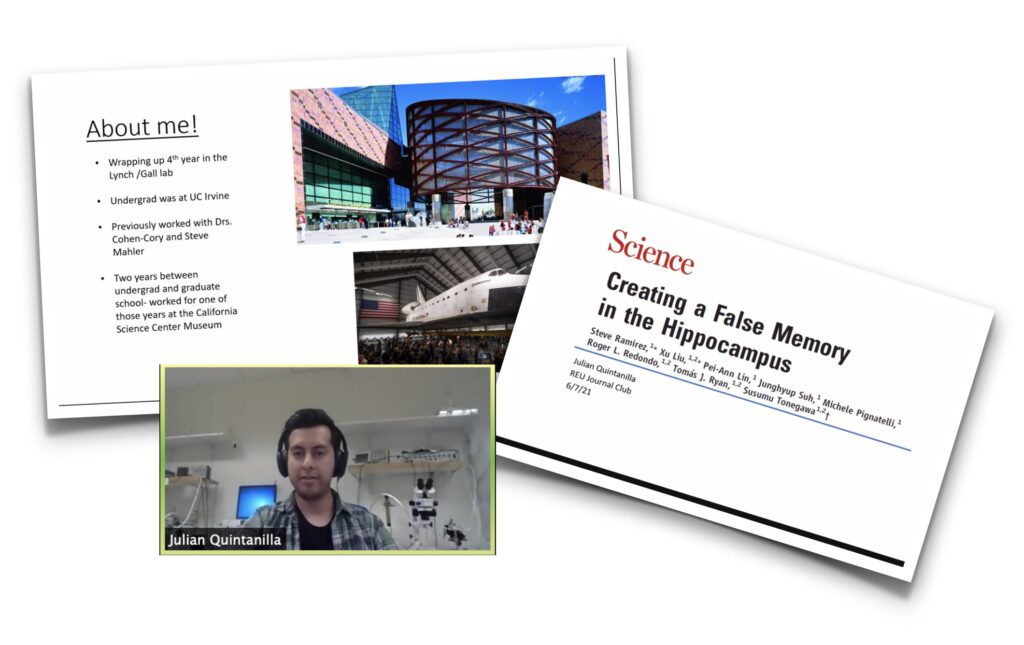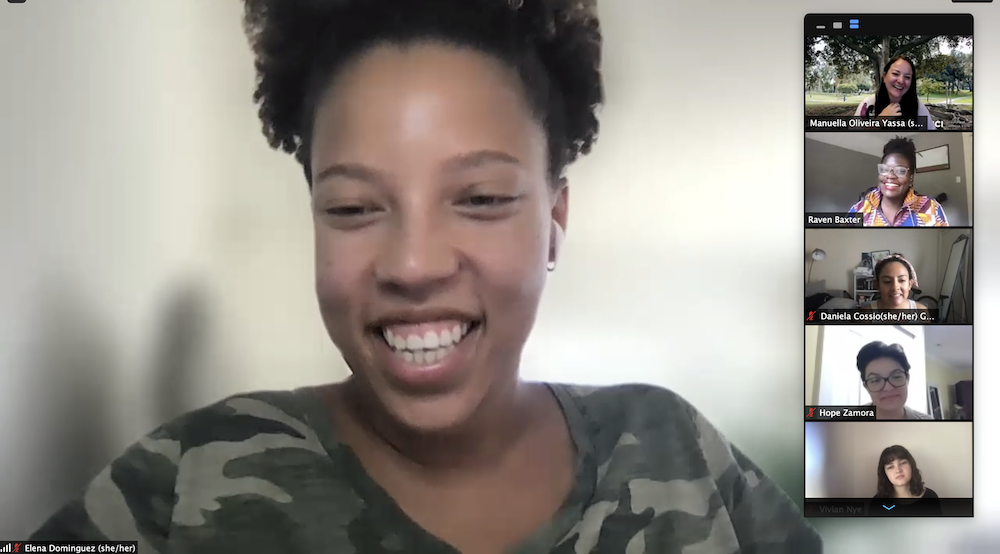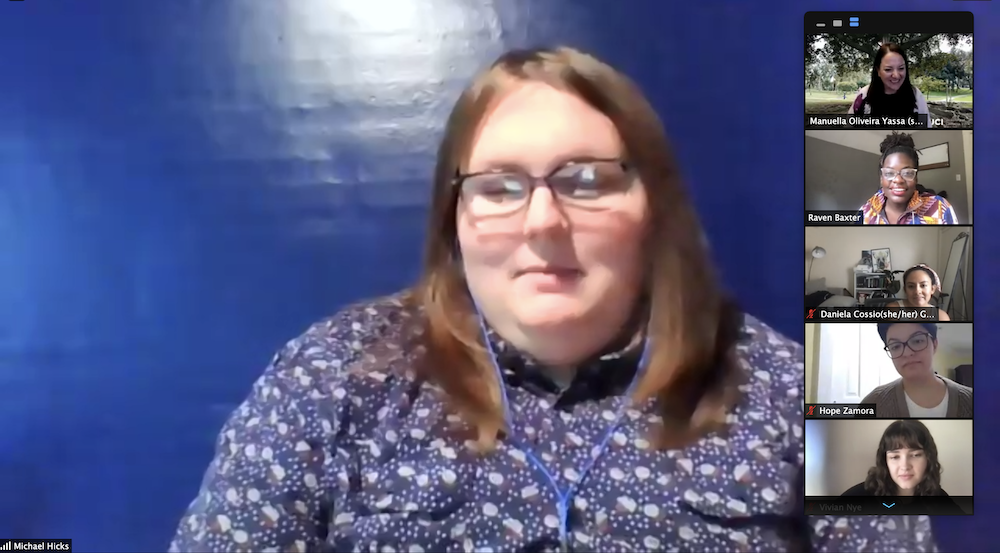During the summer of 2021, the Irvine Summer Institute in Neuroscience hosted 10 students from around the country to conduct research in 10 different CNLM labs. All of this year's students were funded by a Research Experiences for Undergraduates (REU) grant from the National Science Foundation and the Department of Defense.
In addition to conducting research, the students participated in scientific and professional development workshops, seminars and journal clubs. They each presented a scientific poster at the CNLM Undergraduate Summer Research Symposium. Learn more about their experience below!
Interested in learning more?
Applications for the summer 2022 program are NOW OPEN! Click here to learn more.
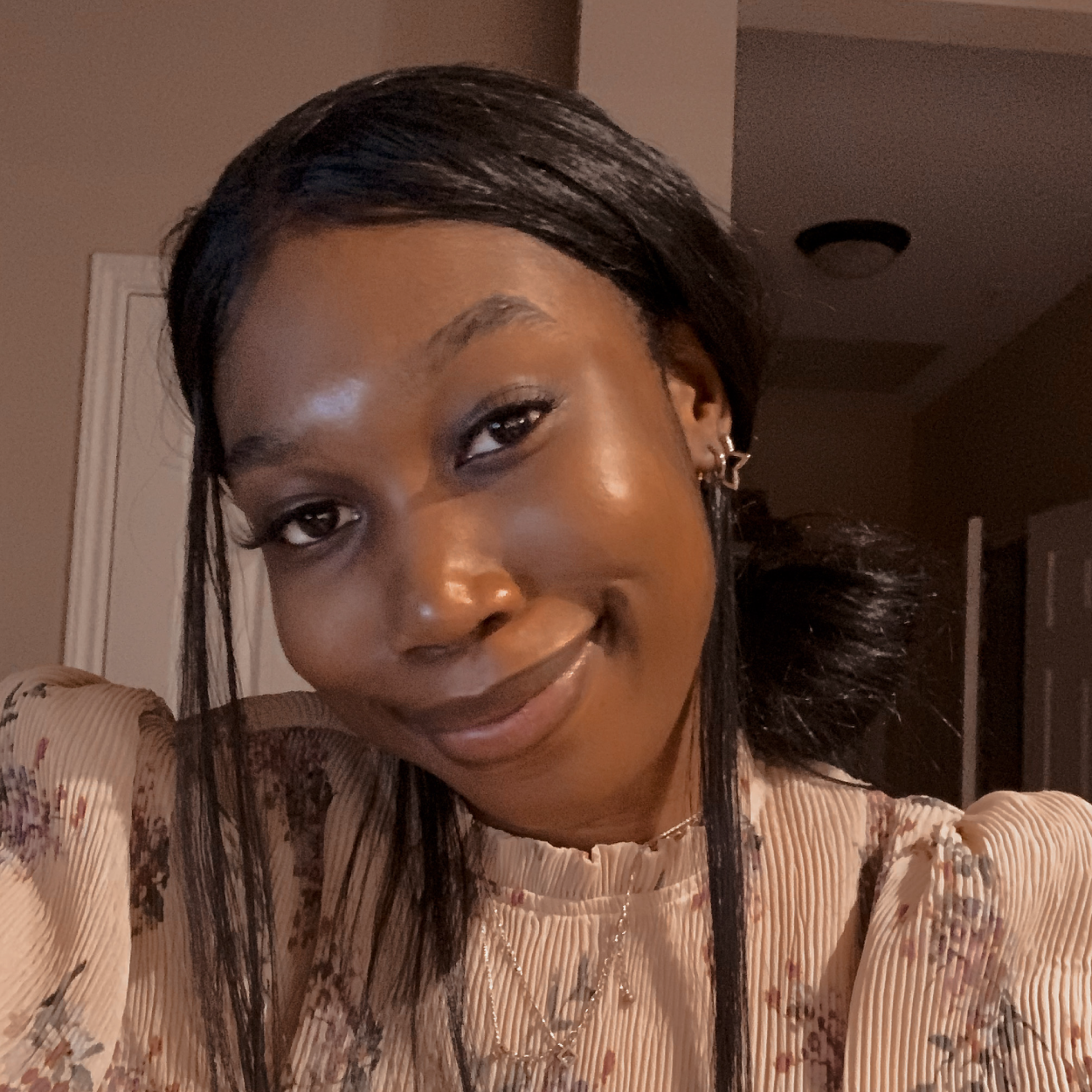
Emmanuella Bassey
Home Institution: University of Texas, Austin
"Hello! My name is Emmanuella Bassey, and I am currently a rising junior at The University of Texas at Austin. This summer, I am in the lab of Dr. Autumn Ivy. The Ivy Lab focuses on uncovering how exercise influences brain development and plasticity in early-life periods. Throughout my time in the REU, I've worked alongside Anthony Raus, a graduate student in our lab, to identify genes regulated by early-life exercise using RNA sequencing. Identification of these genes may aid in better understanding the long-term effects of early-life exercise on cognitive function."

Amanda Borges Rivas
Home Institution: Florida International University
"As an undergraduate psychology student, I am working in Dr. Lotfipour’s lab dealing with addiction studies and adolescence. I am investigating adolescent vulnerability to relapse of nicotine addiction. Using behavioral science, we apply a reinstatement model of drug relapse and collect data to analyze sex differences and significant sensitivity to nicotine. I hope to finish the program with a comprehensive take on adolescent drug addiction and to further apply this work to the realm of psychology."
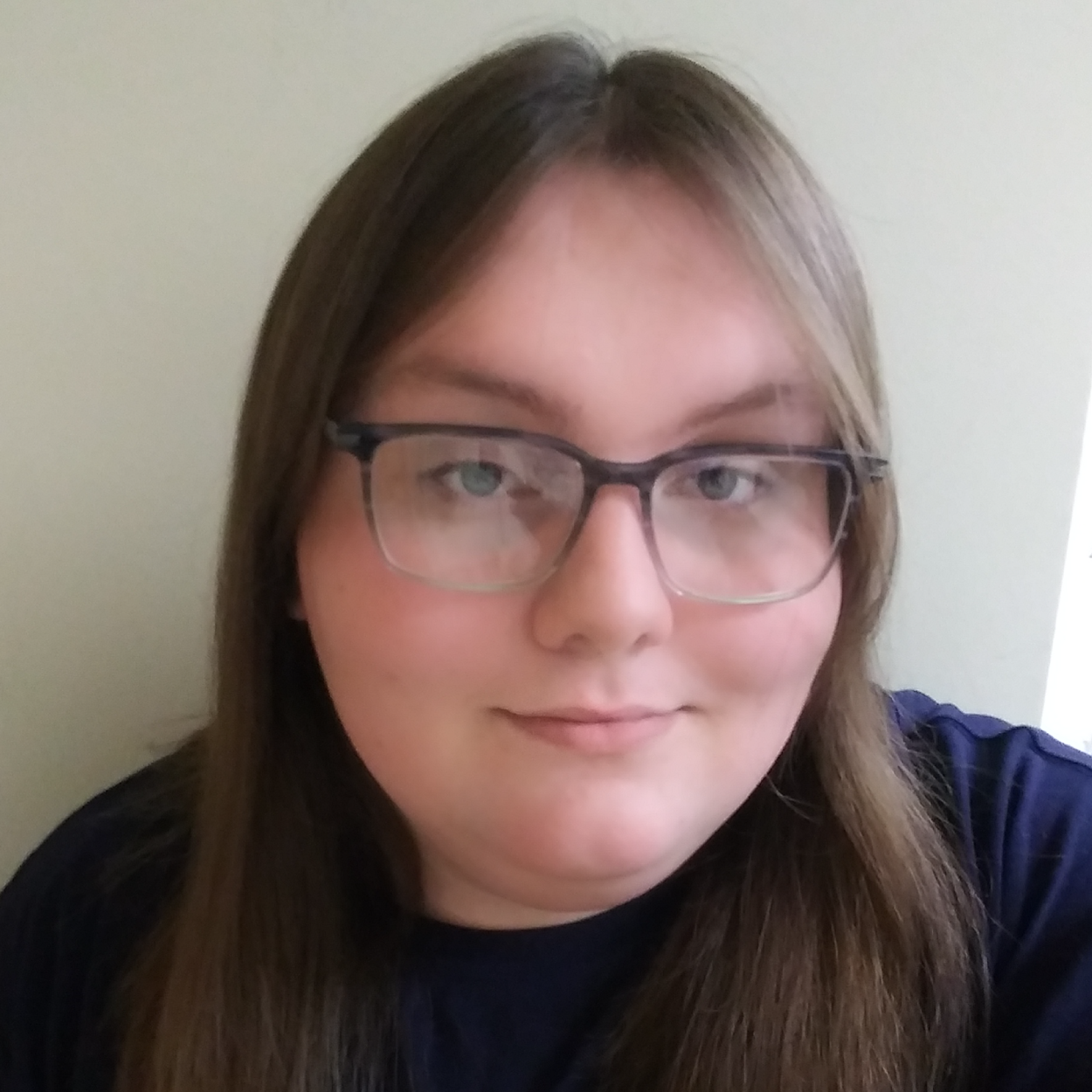
Michael Hicks
University of Michigan
"Dr. Susanne Jaeggi's Working Memory and Plasticity Lab investigates Working Memory, which is the capacity to hold information to perform complex cognitive activities. Specifically, it seeks to develop novel techniques to both measure and improve working memory. One of the working memory measures that the lab helped create is the University of California Matrix Reasoning Task, or UCMRT. Over the summer I have assisted in improving a new rendition of UCMRT by running participants through our task and then using the data collected to validate it and identify any problematic questions. Eventually, we will use this data to develop a version of UCMRT that can be used to measure the visuospatial working memory of children."
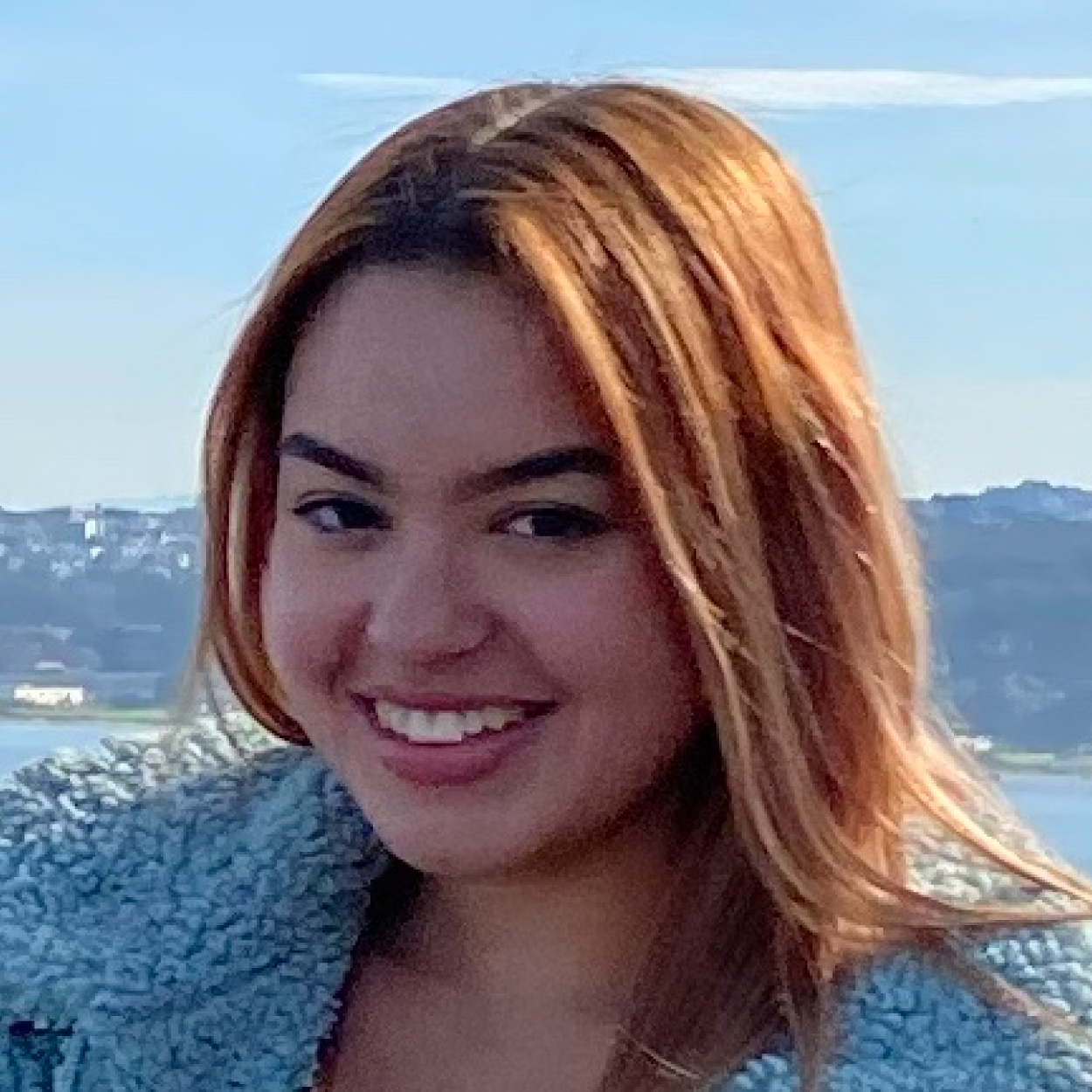
Cinthya Maldonado
Home Institution: Williams College
"The Tambini lab focuses on memory consolidation, focusing on systems-level mechanisms that occur after learning to promote long term human memory retention. The lab uses a multi-modal approach including neuroimaging to measure spontaneous consolation processes combined with causal manipulations to directly influence consolidation mechanisms and test their functional contribution to human behavior. I am contributing to existing research in the lab by designing, running, and analyzing an online experiment that examines how distinct awake brain states support consolidation after learning, and how consolidation mechanisms interact across brain states. My research combines paradigms used in Dr.Tambini’s previous work on memory consolidation with a spaced learning manipulation. This summer ,we are hoping to move forward in answering the question: are the benefits of spaced learning influenced by the presence of an awake period? "

Vivian Nye
Home Institution: Wellesley College
"Vivian is a rising senior studying neuroscience at Wellesley College. This summer, she is working under Dr. Mike Yassa in the UCI Translational Neuroscience Laboratory, which investigates human episodic memory and its impairment. For her research project, she is assisting Yassa Lab research specialist Lea Stith in developing a novel screening tool for Highly Superior Autobiographical Memory (HSAM), a rare condition marked by exceptional recall of autobiographical events."

Alexandria Richardson
Home Institution: University of California, Riverside
"Dr. Colon-Perez’s lab seeks to identify and develop novel biomarkers of neuropsychiatric disorders using MRI. Specifically diffusion MRI and tractography provides exciting new avenues to identify structural biomarkers that may provide us with insight into neurobiology of neuropsychiatric disorders. By merging tractography with graph theory analysis, we will have a wealth of new biomarkers possibly relevant to further understand the changes in cognition and behavior due to mental illness. My work in the lab has involved developing a robust method of generating brain networks that reduce technical biases known in several publicly available algorithms. Specifically, I will combine results from MRTrix, Camino, and a tractography tool developed by Dr. Colon-Perez to generate brain networks that will be analyzed using graph theory. Going forward, I will be working on: 1) assessing the best method to integrate different algorithms, 2) identify possible relationships between graph theory metrics and cognitive performance of a memory task, and 3) potentially determine complex relationship of behavior, specific brain regions, and network organization. The goal of this research is to develop a statistical framework that combines several tractography tools, identifies novel relationships between brain structure and cognition, and provides new insights into the growing field of tractography."

Sabrina Santos
Home Institution: University of Puerto Rico
"My name is Sabrina Santos and I am a rising junior at the University of Puerto Rico Rio Piedras Campus. I am currently working at Dr. Chrastil's lab where we focus on spatial neuroscience. We study spatial memory and human path integration all through the creation of virtual reality environments and fMRI imaging. Although it was a very new topic for me, I have been able to learn a lot about how individuals are able to process information about the environment surrounding them. From conducting behavioral data analysis to looking at subtle neural differences in individuals, the Chrastil lab and its members have helped me make the most out of this REU program."
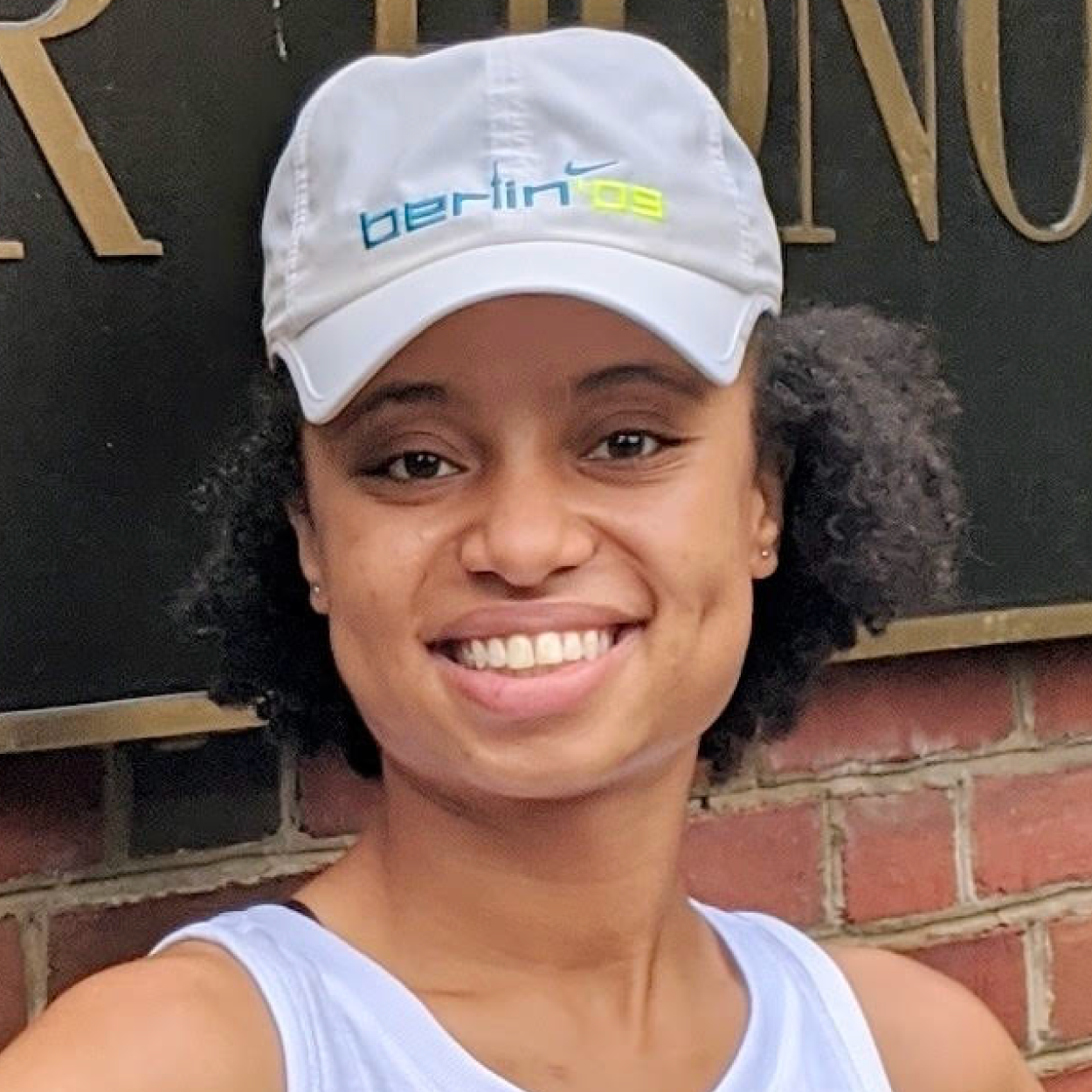
Jordan Sigler
Home Institution: Penn State University
"Over the summer, I worked in Dr. Christie Fowler’s lab, which studies the underlying mechanisms of drug addiction and associated behavioral changes utilizing rodent models. Fortunately, I had the opportunity to collaborate with Angeline Dukes, a 5th-year Ph.D. candidate, on a project that investigates how exposure to THC, the primary psychoactive component in cannabis, in adolescent mice will impact their behavior and development. For 12 days during adolescence, an experimental group of mice received THC diluted in sesame oil, and a control group received only sesame oil. This model parallels the use of marijuana-infused foods (i.e., edibles) that is becoming more popular among youth today. For several weeks, I analyzed and scored videos of male and female mice to track differences in behavior following their drug exposure. The findings of this project may be valuable to human research. Given the push for the legalization of cannabis, further understanding how chronic THC exposure may affect adolescents is crucial."
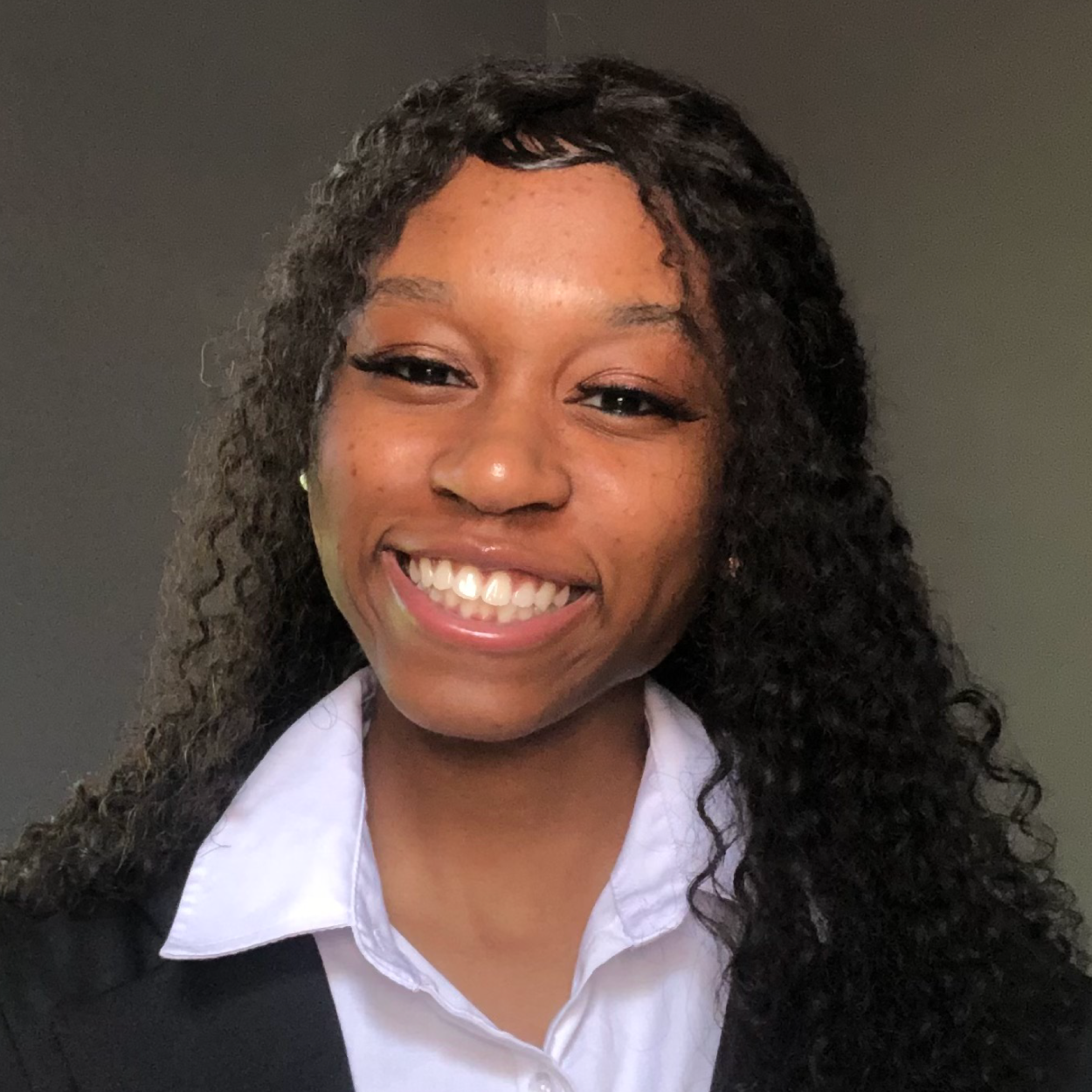
Nya Weems
Home Institution: Claflin University
"Through the use of laboratory rats, Dr. Stephen Mahler’s lab investigates how experiences during development affect brain circuits involved in drug addiction. One study investigates the ways in which early life adversity affects opioid addiction and withdrawal in adults. While one group of rats is exposed to a comfortable environment with adequate bedding and nesting materials, another group experiences an impoverished environment during the first week of life, a model of early life adversity. The groups are then given various drugs to test how they will react when provided with a drug, as well as when the drug is taken away. As an intern in Dr. Mahler’s lab, my research involves studying the effects of early life adversity on how the brain responds to opioid withdrawal, utilizing an atlas for the rat brain to delineate anatomical structures and count the number of cells activated during withdrawal in various parts of the brain that are important for signaling the aversive, or stressful, parts of withdrawal. The cells are labeled for c-Fos, a marker of neuronal activation, and the number of active cells is counted. This allows us to better understand how early life adversity affects the functions of the rat brain. By the end of my internship, I hope to have used my newfound knowledge of the neurological functions of both rats and humans to understand the ways in which early life adversity plays a role in the brain circuits involved in the withdrawal of opioids."

Hope Zamora
Home Institution: Northeastern University
"Dr. Gandhi’s lab studies the mechanisms of visual system development. Recently, his studies have examined the effects of transplanting embryonic inhibitory neurons into the visual cortex of adult mice. After transplantation, host neurons have been observed to revert to a more juvenile state and re-express critical period plasticity.
